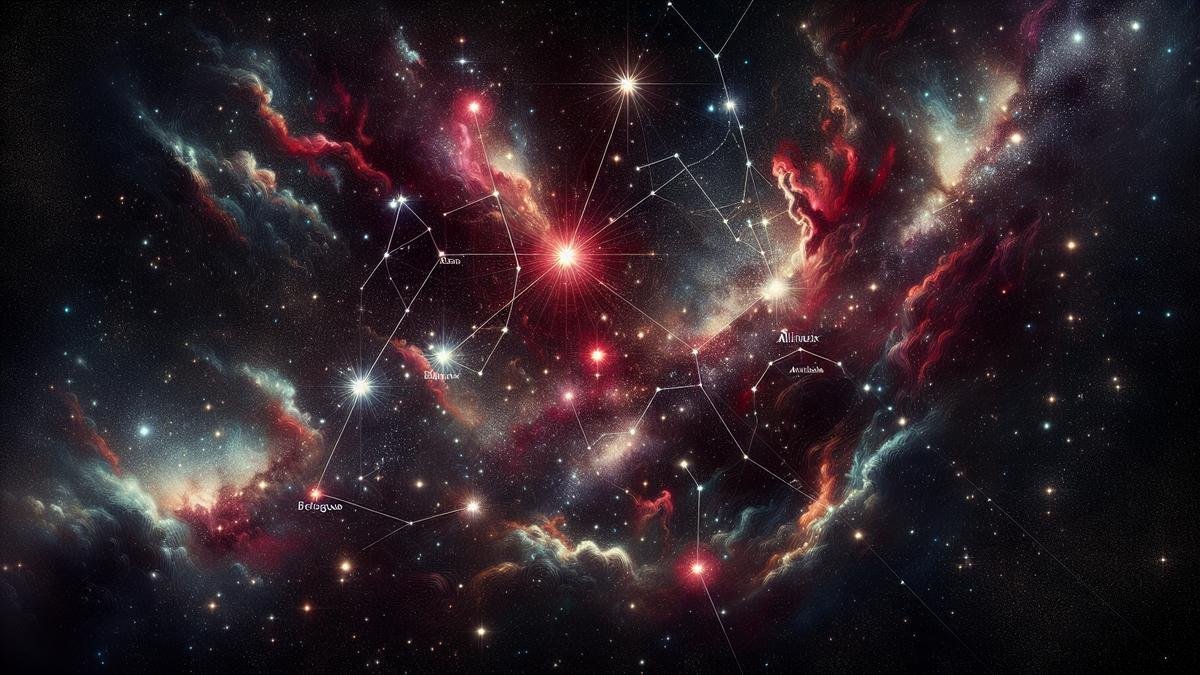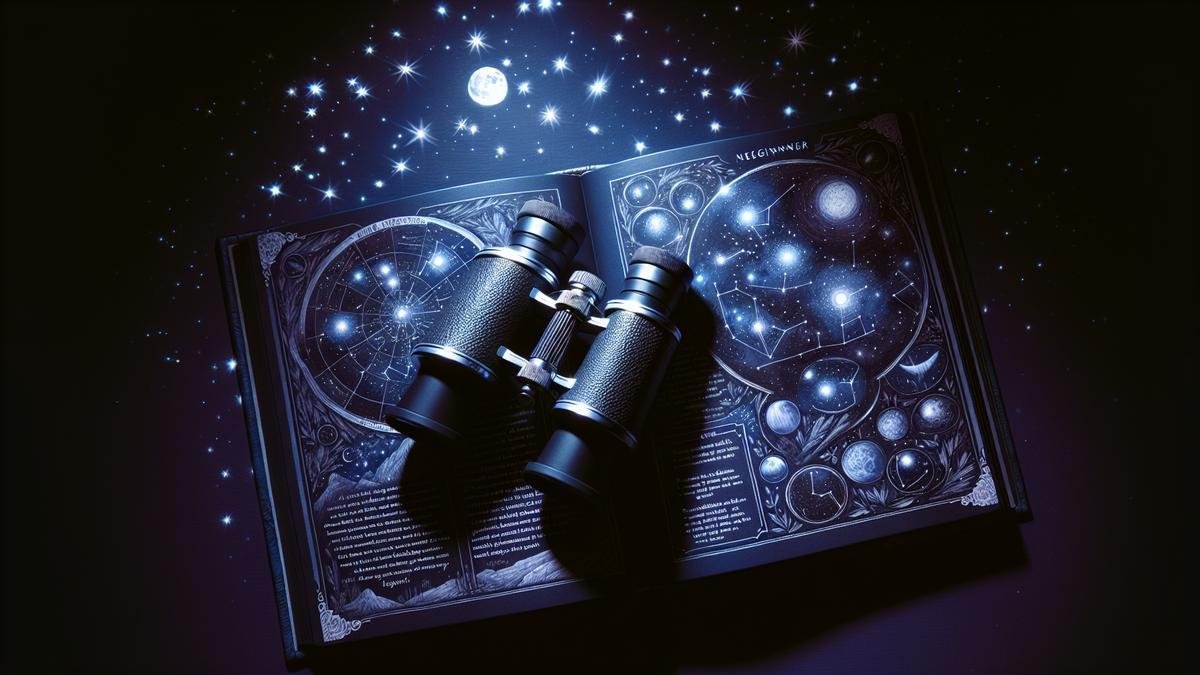Capturing the Super Blue Moon: A Comprehensive Guide for Photographers
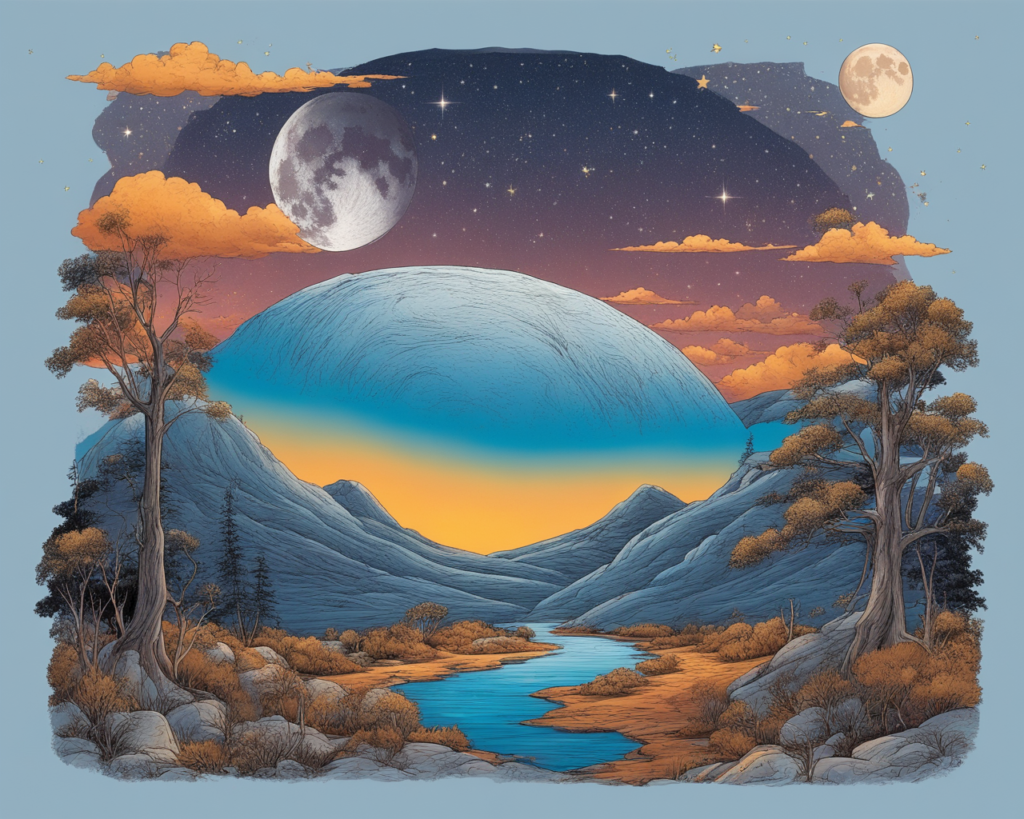
The Super Blue Moon is a full moon that coincides with its perigee—the point in its orbit where the moon is closest to Earth, making it look more prominent and, therefore, even more photogenic. “Blue Moon” refers to the second full moon in a calendar month, an event that doesn’t happen regularly. As the moon rises at perigee, it sends thin, horizontal rays of muted blue and violet into the Earth’s nitrogen-rich atmosphere, unscattered by the bountiful and moonlight-dispersing oxygen of daylight. The resulting imagery—more of a winter wonderland than a sunset—is breathtaking when shot adequately by you.
Use your tripod. “Rookie move,” maybe, but you’d be surprised how many photographers forget that they’re shooting in:
—Low light.
—Long exposure.
—And, if they’re lucky, super-zoom.
Use that superzoom (telephoto) lens if you’ve got one. A longer lens will not only show more of the moon’s beautiful surface, but it can also make rising/buildings/etc. sufficiently more extensive
(and therefore closer). You can’t do that with wide-angle. Also, experiment with your f-stop or ISOsince the moon might be too bright (higher aperture needed). Play around with ISO, brightness, and clarity.
Whatever conditions you photograph under, the best time to focus on the moon is during moonrise. However, time is almost irrelevant to the given day because the gravity-created “moon illusion” effect should make the moon look positively “huge” when it’s close to the horizon. The moon itself doesn’t appear any larger; it’s just being manipulated by distant objects smaller than it.
Understanding the Super Blue Moon
A Super Blue Moon is when two exciting phenomena—the supermoon and blue moon—occur simultaneously. A supermoon happens when the moon is at its closest point to the Earth on its elliptical journey. The moon appears larger and brighter, thanks to the decreased distance. A blue moon isn’t blue at all. This term is used when a second full moon occurs within the same calendar month. Two full moons in the same month are rare, hence the idiom “once in a blue moon.”
One of the best things about a Super Blue Moon is the frequency. Unlike most astronomical events that require the dynamic components of our solar system to be perfectly aligned, supermoons happen frequently. The exaggerated size and brightness of the moon can cause increased tidal activity, inspire animals to behave in peculiar ways, and even cause us humans to feel a little loopy. Throughout history, many cultures have pointed towards the various phases of the lunar cycle to provide a scapegoat for general aspects of life.
History, ritual, circumstance. What differentiates humans from animals is our ability to attach significance to arbitrary events. Our ancestors devised complex rituals and even designed calendars around lunar events.
Preparing for the Super Blue Moon Photography
Planning can be helpful if you want to capture an image of the Super Blue Moon. Get out your lunar calendar and look for the definitions. It’s defined as a second full moon to occur in one calendar month. The full moon also occurs at or near the moon’s closest approach to Earth in a slightly elliptical orbit or at perigee, appearing a bit bigger and brighter than average. The event might also encourage you to venture out to a dark field or drive up beyond the reaches of the scraggly fingers of city light pollution to discover some ethereal world or realm that still welcomes such displays.
Watch your weather forecasts for that night and note the exact estimated moonrise time. Be ready to maximize your foreground potential and choose an area that may include trees, older-style structures, buildings, or other silhouetted works of man. Be prepared to adapt as necessary. The weather conditions might also be worse or better than initially predicted.
You should have the right gear for the job, naturally; consider using a DSLR or equivalent camera for this task. A tripod is an essential accessory for nighttime exposures. Remote-controlled shutters or the ability to shoot images via a connected smartphone app can help. Take a combination of one or two lenses designed to work in concert with the types or kinds of images you think you might want to create. For instance, use a zoom or regular telephoto lens for close-up views.
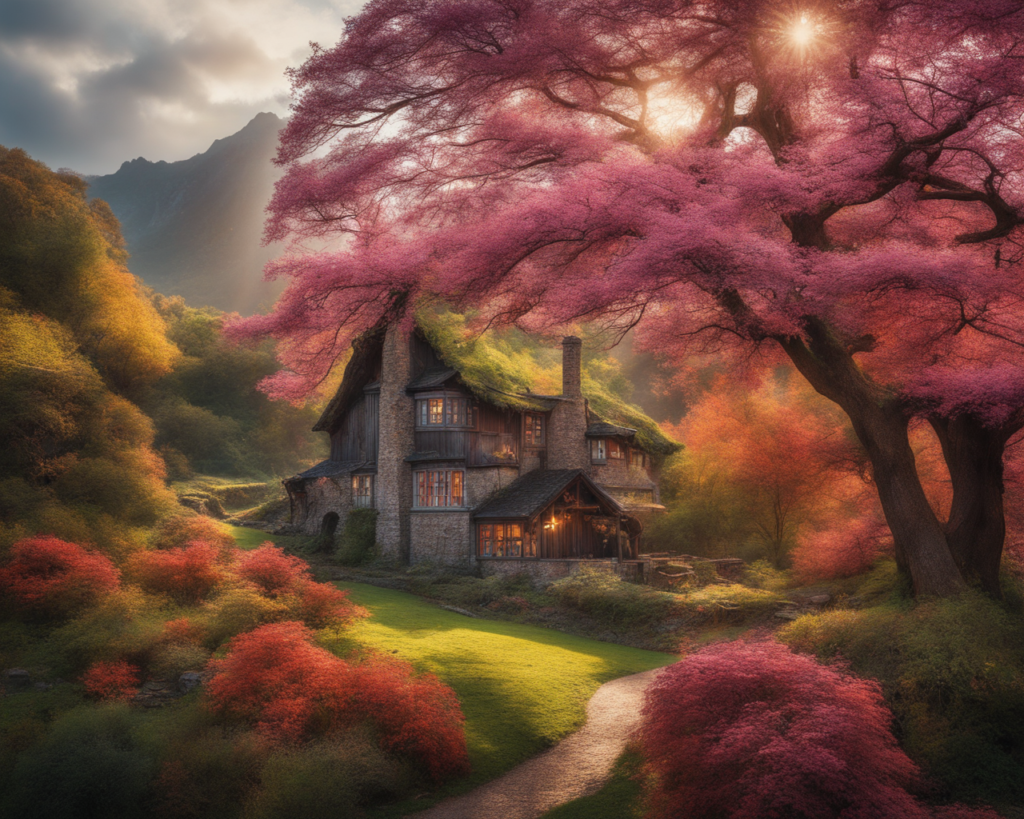
Camera Settings and Techniques
Getting the right shot of the moon’s features takes a careful setup. Use a low ISO (e.g., 100 or 200) to get less noise in the image. Set a small aperture (e.g., f/8 or f/11) to get a better depth of field—your image will be sharper across the frame. Use a fast shutter speed (e.g., 1/125s to 1/250s) to freeze the moon’s motion in the sky and not get blurriness. Set your camera to manual mode (or underexpose your scene in other modes) to ensure that the scene isn’t overblown. When your camera manages exposure modes (in program, priority, or automatic), exposure compensation can make your image appear less bright. Mount a telephoto lens to your camera and bracket your exposures.
Experiment and play around! Some lenses have better clarity than others. Mount your camera to a longer lens (anywhere between 200mm and beyond) and see what you get! Many of the craters and maria on the moon are spectacular to see—as long as the image is exposed correctly! Then, the telescope or long lens might make it hard to nail the focus. If your camera system does it, try to use the software (in-camera or out [like Photoshop]) to merge your exposures. High Dynamic Range (HDR) photography is challenging from the tutorials I’ve looked at. Thus, creating and editing your images in post-production is a great idea! Remember, the moon reflects sunlight like a gray matter beam of light on a dark background, so easing off the exposure helps. However, it’s there!
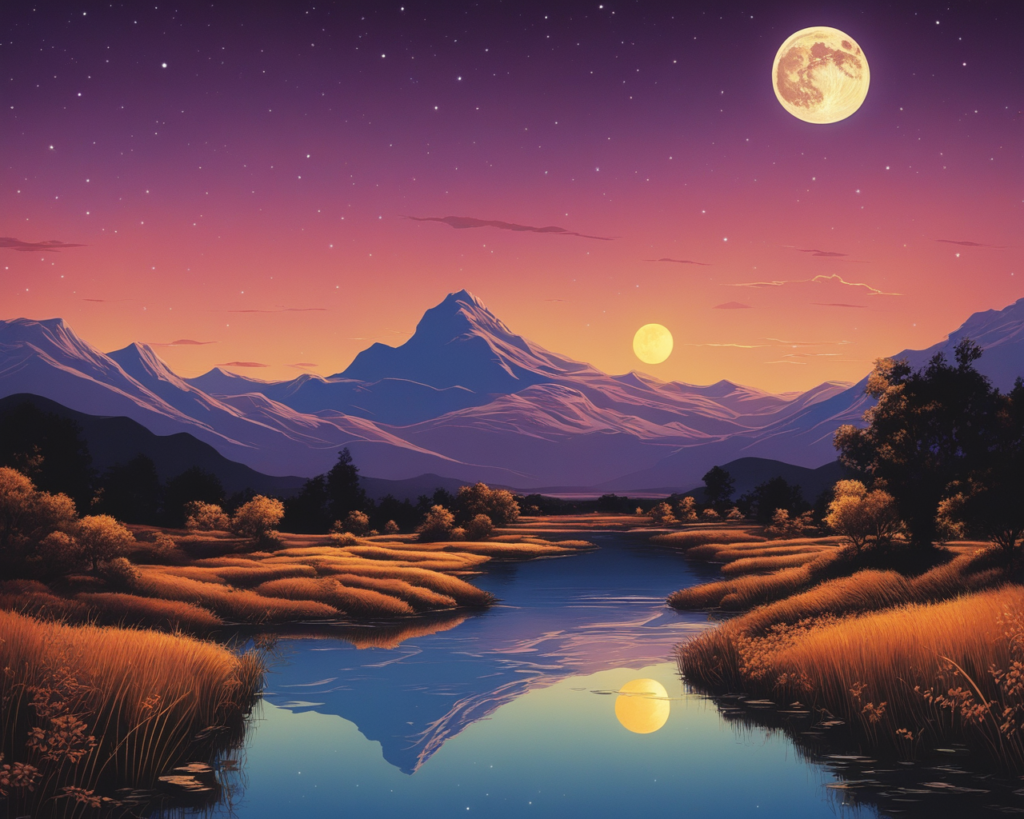
Composition Tips for Stunning Moon Shots
Putting the Super Blue Moon beside a mountain, tree, or skyscraper can upgrade the image. Including more elements found in landscapes and cityscapes helps the viewer understand our world in its true context. The size of the moon dwarfs a tree, a mountain, or a city as its cosmic body rises into the night. Wait — it’s not that small after all. The universe begins to feel a little less big. Discover how the earth plays into the grand symphony of space and find landscapes that show the harmony between the sun, the moon, and the earth.
A couple of ways that this observatory event can be creatively photographed:
- Long exposure is recommended for images of clouds and water. This gives the photograph a chance to capture motion over an extended period of time of clouds moving through the sky or over a body of water, showcasing a mirror reflection of the moon.
- Silhouette buildings or trees to create more shape.
One way to frame this photo is to make the most of the moon’s reflection on bodies of water. Take the photo at the right time and place to get the mirror look. This adds symmetry to the image while training the photographer’s eye to do something different with their photography.
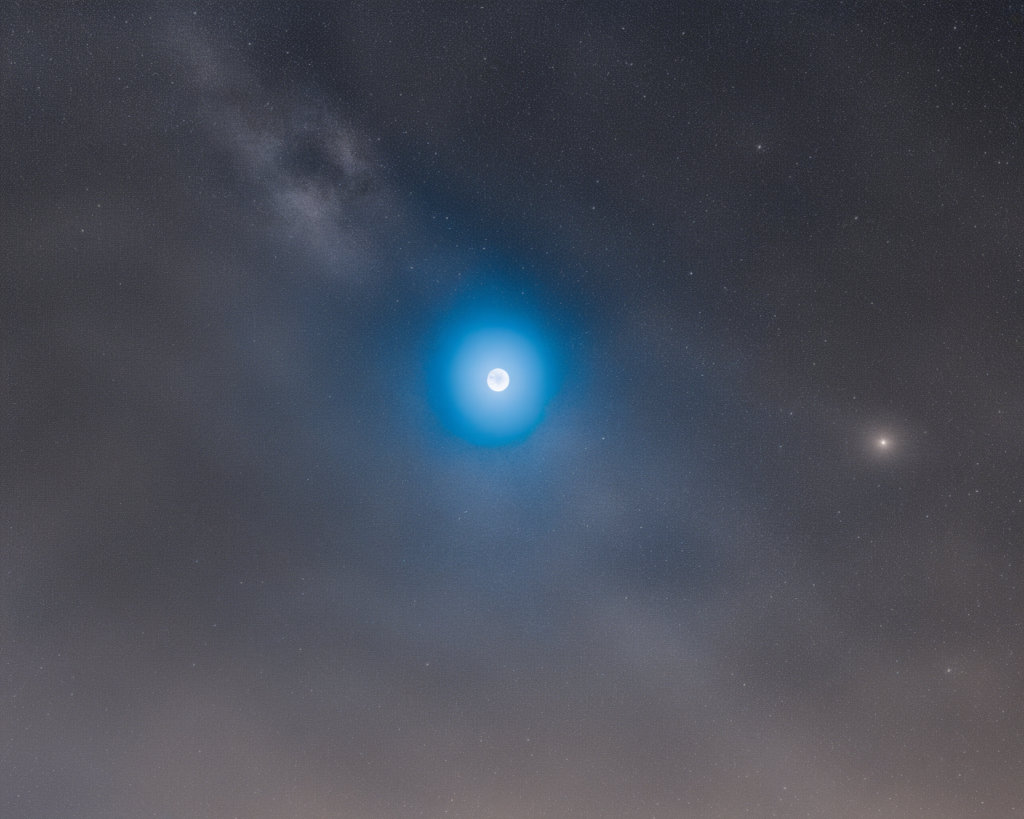
Post-Processing Your Super Blue Moon Images
Editing your moon photos can make a big difference, and Adobe Lightroom and Photoshop tools are powerful and straightforward ways to adjust your photo’s brightness, contrast, and sharpness. Increase the brightness to instantly amp up the drama in your photo and reveal the details of the moon’s surface. Adjust the contrast to define the shadows and highlights, bringing out the craters and maria. Finally, sharpen the photo to ensure its details and outline appear against the night sky.
As much as we love nature, don’t feel intimidated by the thought of editing. There are so many filters and presets you might enjoy exploring in those editing programs. You can never go wrong with some good old black-and-white on-a-moon photo! Secondary colors give off a different feel; maybe a warm filter will portray how you feel about the moon.
If you want feedback on your photos or just want to chat with other moon photographers, try posting your photo on Instagram or a similar platform with a popular moon-related hashtag (e.g., #MoonPhotography, #LunarPhotography). While you are there, make the time to explore the extra fun and games you can engage in, like moon shot challenges. I saw a few different “challenges” aimed at improving photographers, but they were in the form of competitions.
Getting the perfect capture isn’t just about pointing your camera at the sky. Like many things in life, it takes a little preparation, work on your technique and some creativity.
Understanding the timing and where the moon will rise can give you a tremendous advantage. We recommend looking at it over the Pacific Ocean or with a city in the distance. As you can see in these photos, the grays and whites are drawn forward in the show, and the partial blur of the moon’s surface leads us to imagine its surface pastels.
The technique comes into play in every way, for those who have photographed the superimposed Sun or an eclipse, you know well that your photography technique can take an ordinary photograph far from the crowd. If you prepare ahead in 2037, this will help you be more able to use this creative technique:
Creativity plays perhaps the most crucial role. From the gallery above, you can see that taking your creative passion to advance before going with your camera sets you apart from most photographers.

